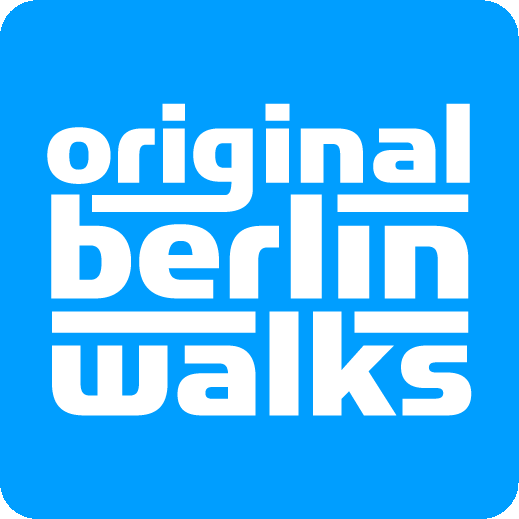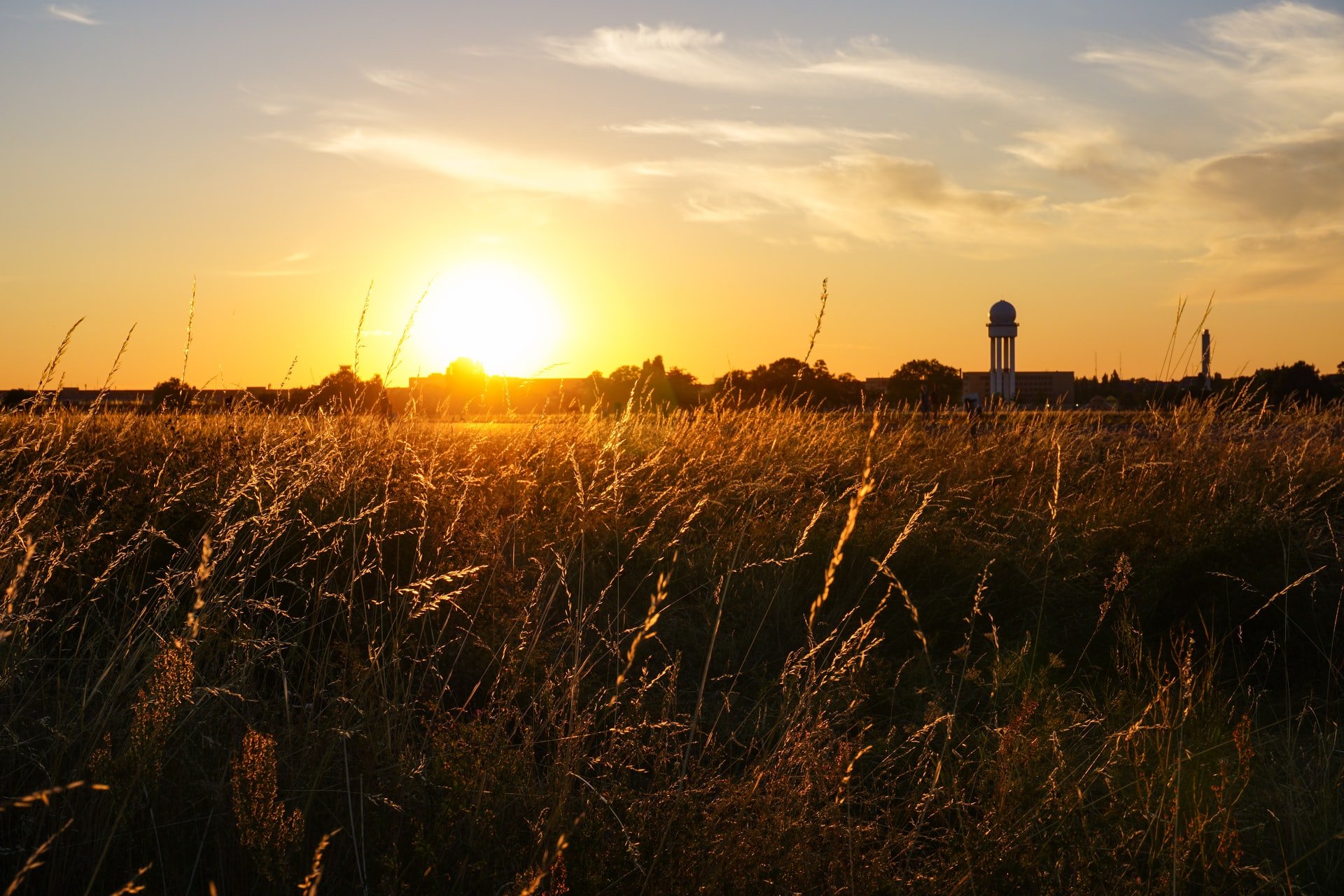The Top 15 Free Things to do in Berlin
Photo by Jonathan Whitlam
1. Sing your heart out in front of all of Berlin at Mauerpark Karaoke
The king of all Berlin’s flea markets has to be Mauerpark. Located on top of what used to be the Berlin Wall, Mauerpark is nowadays Berlin’s most famous flea market. On top of all the stalls, history, and food, Mauerpark is known for the “Bearpit Karaoke”. Beside the flea market you’ll find an amphitheatre filled with hundreds of locals listening to amazing singers, and encouraging the, shall we say ‘less talented’, as they belt out hits including popular German numbers and international hits.
2. Cross the Cold War border at Checkpoint Charlie
Cross over the most famous Cold War border! Checkpoint Charlie can be a bit tacky to be honest, but there is a really great exhibition at the corner of Zimmerstraße and Friedrichstrasse. Alongside great photographs, the exhibition details defining moments of the Cold War on the outside, and has a fascinating history of Checkpoint Charlie on the inside.
Top Tip: try a typical Berlin “currywurst” at “Die Bude” nearby.
3. Find Hidden Gems at Berlin’s Flea Markets
Berlin has tons of flea markets! Most of them only take place on Sundays, when almost every other shop in Berlin is closed. Berlin’s flea markets are great for finding little hidden gems, handmade crafts, vintage clothes, or even checking out some excellent street food. Of course you have to spend money on these things, but just walking around and feeling the vibe is great fun, too.
The Topography of Terror offers an unrivalled insight into the Nazi era
Photograph by Jonathan Whitlam
4. Look into the history of the Third Reich at the Topography of Terror
Located at the site of the former headquarters of the Nazi SS and Gestapo, the Topography of Terrorr is one of Berlin’s best museums. The museum goes into lot of detail about the Nazi dictatorship. It’s free to visit and open every single day of the year.
Bonus: the museum is right next to one of the few remaining sections of the Berlin Wall!
You can learn even more about this period of history on the WWII and the Third Reich Tour.
5. Uncover WWII-era West Berlin at the Kaiser Wilhelm Memorial Church
The most (in)famous sight of West Berlin! This magnificent 19th Century church was damaged in WWII. Ever since it has been left in a semi-ruined state, reminding the Berliners of how destructive war can be. After the war a modern church and belfry were added that may look a little strange from the outside, but are really cool on the inside. When you walk inside you realise that the odd concrete waffle structure is actually filled with little blue and green stained glass windows, creating a beautiful and unique atmosphere.
See where East and West Berliners said their emotional farewells at the “Palace of Tears”
6. See how Berliners lived with the Berlin Wall at the Tränenpalast Museum
Another of Berlin’s excellent free museums! The “Tränenpalast”, or Palace of Tears, was an official border crossing at the Friedrichstrasse train station. It was mostly used by West Berliners visiting family in East Berlin. It earned the Palace of Tears nickname from all the tearful goodbyes that took place here during the Cold War.
The exhibition inside is fascinating! You get a look into the lives and experiences of real Berliners from both sides of the Wall. You can see how ordinary people coped with the extraordinary circumstances they found themselves in once the city was torn in two.
Berlin’s huge Tiergarten park is the perfect place to get lost and stroll among the trees
Photo by Adam Vradenburg on Unsplash
7. Stroll through one of Europe’s largest parks, Tiergarten
One of the largest city parks in the world! The Tiergarten used to be Prussian royal hunting grounds, which is where it gets the name: “tier” means animal, and “garten” means garden. The park is incredibly beautiful, especially in the Spring and Autumn of course, but what makes it truly unique are all the memorials, including several victim groups of the Nazi regime, Soviet soldiers, and prominent Marxist Rosa Luxemburg, who was murdered in 1919.
Top Tip: for €3 climb up the Siegessäule (Victory Column) in the centre of the park for a panoramic view over all of Berlin!
8. Experience Soviet Bombast at the Treptower Park Memorial
This memorial served as the central war memorial of East Germany. Honouring the estimated 25 million Soviets that fell in the fight against fascism during the “Great Patriotic War”, as WWII is known in Russia.
In true Soviet style this memorial is huge. It’s also far from subtle. It’s adorned with several quotes from a certain Mr. J. Stalin, and the main focal point is a colossal statue of a Soviet soldier bearing a sword and stamping on a Swastika. He’s also carrying a child, which is a common theme in Soviet war memorials. The idea as I’ve understood it is that the child represents the next German generation that will grow up with Hitler and fascism only as a memory.
Top Tip: Walk the ‘long way’ there from Treptower Park S-Bahn station along the river. There are a few cute little huts where you can buy sandwiches, drinks and snacks, and the view across the river is one of the few moments of calm on offer in hectic Berlin
Make a day of it: After visiting the memorial keep walking by the river until you get to the “Insel der Jugend” (Island of Youth) where you can visit my personal favorite beer garden in the city, Inselgarten.
9. Learn all about Berlin at Berlin Wall Memorial
There are several places in Berlin to see the remains of the Berlin Wall, but in my opinion the best is the Berlin Wall Memorial. You can find it just north of the city centre, accessible by either Nordbahnhof S-Bahn Station, or Bernauer Strasse U-Bahn station.
The site of course serves as a memorial to the 140+ East Germans murdered trying to escape to West Berlin, but it’s so much more than that as well. There’s all sorts of information about how the Wall was set up, escapes, captures, there’s even a 5-story tall viewing platform allowing you to look down on a recreation of the “Death Strip”.
Want to have it all explained to you by an expert guide? Book the East Berlin Tour!
10. Get a great view over Berlin at the Reichstag
Originally built at the end of the 19th Century, the Reichstag served as Germany’s first parliament building. It’s had a bit of a tumultuous history since then, though! In 1933 the Reichstag was set on fire, leading to the Nazi party claiming a state of emergency and dismantling democracy. It was the scene of one of the final battles in WWII as Soviet forces advanced on the building on the 30th of April 1945, and it sat as an empty ruin all the way up to the 1990s when finally Germany reunified and the new government once again made the Reichstag building the parliament again in 1999.
The Reichstag is free to visit. You can try and chance it on the day, but lines are often long. I recommend booking online. The system is a little outdated and clunky, but it works. You can find out how to book by clicking here.
Experience a symbol of division transformed into a beacon of peace at the East Side Gallery
Photo by Radek Homola on Unsplash
11. See the most famous paintings on the Berlin Wall at the East Side Gallery
The longest and most famous remaining stretch of the Berlin Wall is called “The East Side Gallery”. Separating the East Berlin district of Friedrichshain from West Berlin’s Kreuzberg, the East Side Gallery runs along the side of the river Spree. Way back in 1990, just after the Wall fell, this section was earmarked as a memorial. The government invited artists from across the world to cover the Wall in murals celebrating hope, peace, and freedom.
The best-known mural is often called ‘The Kiss’, though it’s real title is “My God, Please Help Me To Survive This Deadly Love”. Painted my Russian artist Dmitri Vrubel, the painting is a recreation of a photograph of Soviet leader Leonid Brezhnev (left) and East German leader Erich Honecker (right) sharing a “socialist fraternal kiss”.
Top Tip: I recommend starting your visit at the Ostbahnhof end of the East Side Gallery. That way when you’re finished you’re right by the pretty Oberbaum Brücke bridge. You can cross it to explore Kreuzberg, or walk up the hill past Warschauer Strasse station to explore Friedrichshain. You can’t go wrong - these are two of the most fun districts in the city filled with cafés, restaurants, quirky shops, and plenty of street art.
Walk the grounds of the stunning Charlottenburg Palace
Photo by Nils Lindner on Unsplash
12. Witness Prussian Grandeur at the Charlottenburg Palace
“Is there anything to see in West Berlin?” Yes! The baroque and rococo-style Charlottenburg Palace was built at the end of the 17th Century and expanded on multiple times over the years. It’s not free to go inside, but the grounds and gardens are free to visit (and much more fun in my opinion, too!). Head out there for a lovely stroll and some great photos!
13. Go for a swim in Berlin’s many lakes!
Berlin is bigger than you think! Owing to the low-lying, flat land Berlin is surrounded by many, many lakes. When the Berlin Summers get hot - often staying in excess of 30° in July & August, Berliners jump in the city’s many lakes for a swim. So, pack your swimmers and a towel and head down to Schlachtensee (S-Bahn Station Schlachtensee) where you practically step out of the train and into the water. There’s a small bistro next to the train station and a supermarket behind it in case you forgot your sunscreen. Easy!
14. The Admiralbrücke
The Admiral Bridge, or the “hipster bridge” as I call it, is in the heart of trendy Kreuzberg. The bridge is a popular hangout for those long summer evenings, offering a great view of the sunset over the Landwehr canal. There’s very little traffic, plenty of buskers show up, and there’s a little shop next door where you can pick up drinks and snacks. It’s an all-night party right out on the street for free!
Walk along the runways of the former airport, Tempelhof
Photo by Ralf Knüfer on Unsplash
15. Tempelhofer Feld
The big one! Tempelhofer Feld is a former airfield, famously home to the Berlin Airlift in 1948/49. The adjacent airport, Tempelhof, was one of the Nazi’s largest construction projects, and was a fully functioning airport as recently as 2008. Nowadays it’s an epic place for Berliners to hang out. You’ll see people rollerblading, kiteboarding, jogging and cycling - all on the former runways! There’s a cute urban gardening project and even a beer garden.







